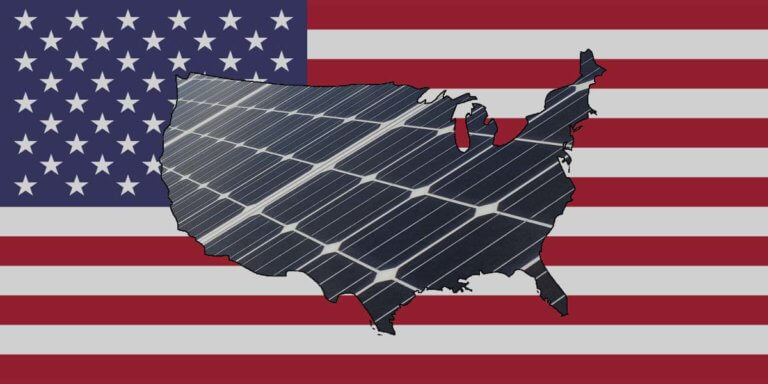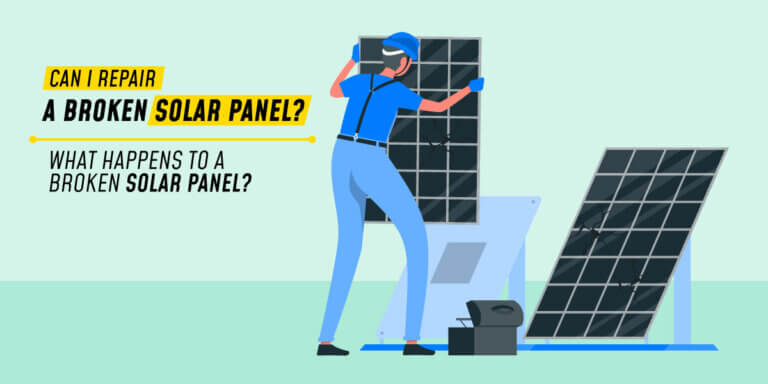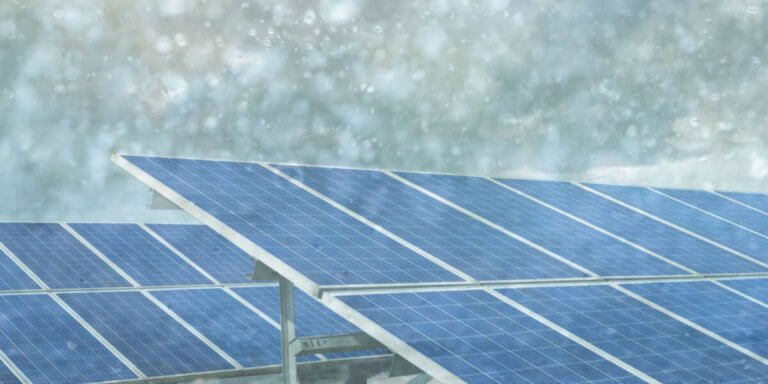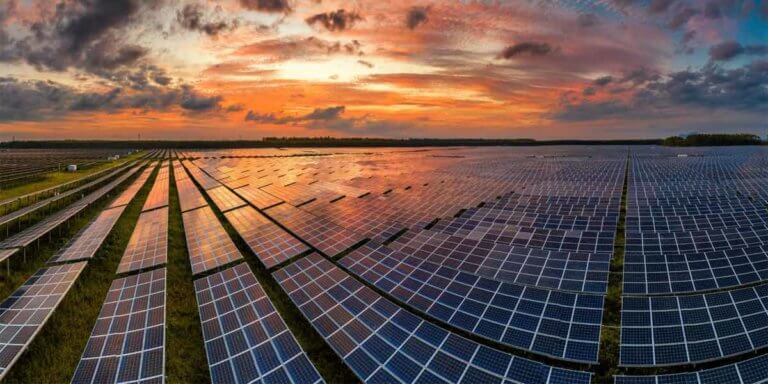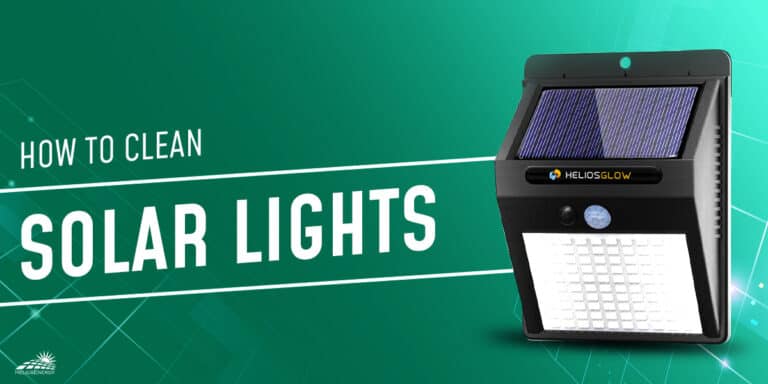Do Solar Panels Work with Moonlight?
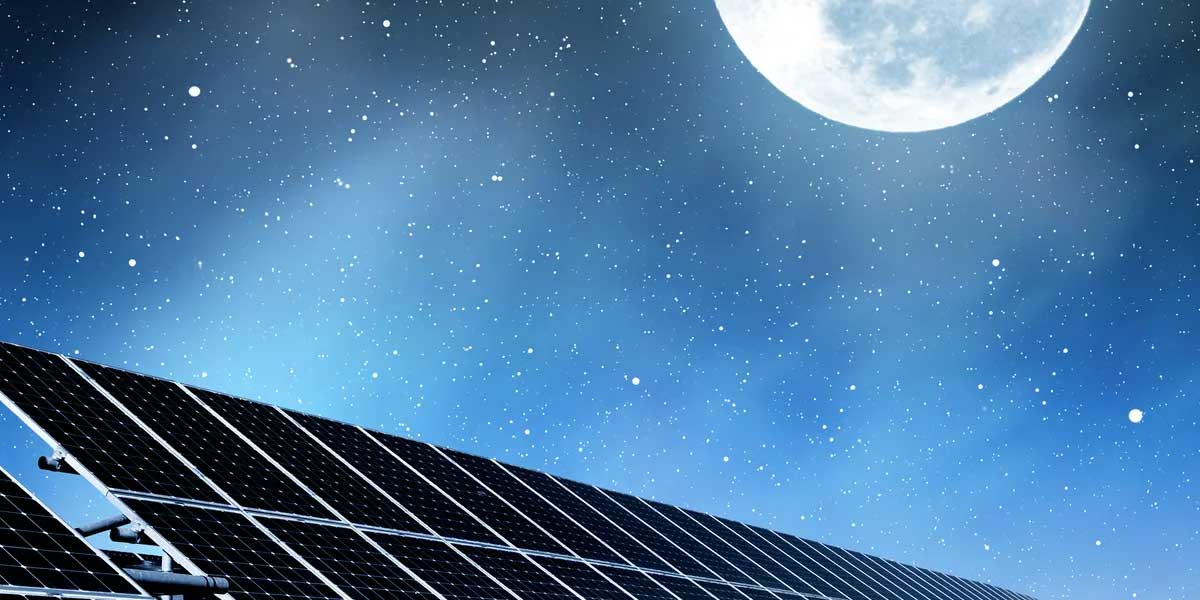
Solar panels are becoming a very effective source of electricity generation and are being adopted by many households in recent years, due to solar energy becoming affordable in past decade. The amount of sunlight that the earth receives in a year varies and impacts the power that solar panels produce.
Solar panels are critical in modern energy production, but their installation involves huge investments. With these investments, there come several doubts and questions regarding the effectiveness of such panels. One of the most commonly asked questions is, can moonlight power solar panels?
The answer to this question depends on various factors. While the moon gives off solar energy that can be captured at night, this energy can’t be relied on to produce enough power to generate electricity.
Do Solar Panels Work With Moonlight?
Generally, solar panels do not charge in the moonlight. To produce electricity, the solar panels depend on the direct sunlight from the sun. Sunlight contains various energized particles, including the very important proton.
The photons from the sun strike one side of the array, which causes the electrons to break off from one panel and attach themselves to another panel. This crossing of electrons is what generates an electric current. The light from the moon doesn’t usually lead to the generation of photons.
If the photons do not strike the panels, there will be no crossing over of electrons and, hence, no electricity generation. Therefore, the moonlight isn’t the most suitable for producing electricity that may be commercially viable.
Moonlight – An Overview
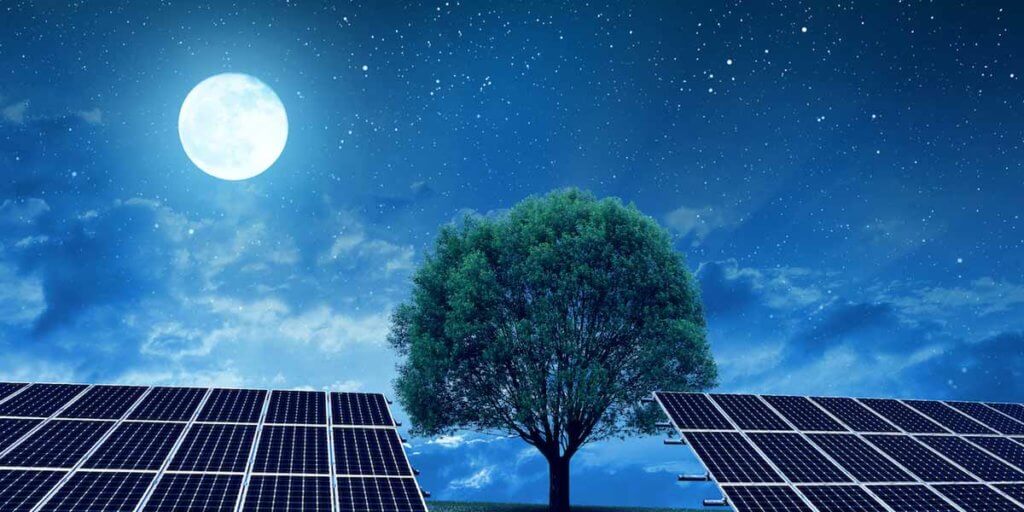
1. Does the Moon Produce its Own Energy?
Unlike the sun, the moon cannot produce its own energy. It is therefore dependent on the sun for its light. The sunlight reflected from the moon’s surface becomes the moonlight. Since the moon cannot produce its own light, it is only visible using the reflected light of the sun.
2. How Does the Moon Emit Solar Energy?
The moon does give off solar energy but not in the same way as the sun. Usually, the sun’s light energy reflects off the moon’s surface, which is what causes the moon to shine. Since the moon doesn’t produce its own energy, there is no generation of photons; hence it can’t charge the solar panels at night.
Not having its own lights, the moon reflects the sunlight to the earth’s surface. It reflects about 3-12 % of the sunlight which reaches it. Some of this energy can then be captured onto the solar panels, but it can’t be relied on to provide enough electricity to sustain all your needs.
3. The Intensity of Moonlight
The main reason why the panels cannot charge properly in the presence of moonlight is because of the nature of the light produced by it. The moon’s inability to generate its own light energy reflects the sun’s light energy.
The reflected light which reaches the surface of the earth does not contain a significant number of protons, and hence the moonlight does not cause the panel to generate as much electricity as it can in the presence of sunlight.
The amount of solar radiation that reaches the earth’s surface is around 1,368 watts per meter. On the other hand, the moonlight generates around 0.0034 watts per square meter, which is very little compared to the sunlight.
This is why solar panels generate very little to no electricity in the presence of the moonlight. One more reason for this could be the moonlight spectrum. Most of the moonlight captured by the solar panels is in infrared or ultraviolet radiations.
The useful part of the spectrum for generating the power is visible light, which produces very little power. The blue part of the spectrum is the only part of the light that can be converted into usable electricity. It is about 16% of the moonlight, which is still not enough to generate a significant amount of electricity.
How do Solar Powered Homes Get Electricity at Night?
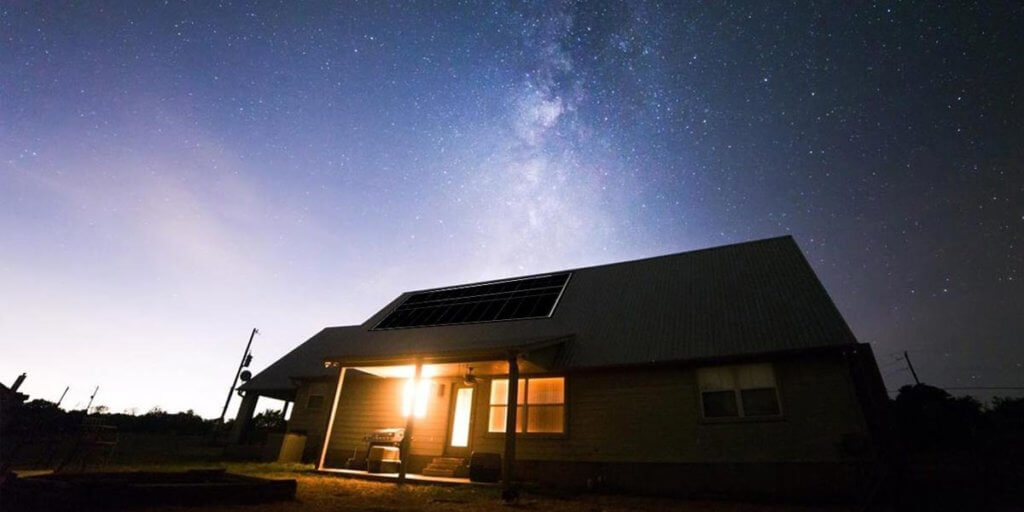
Nightfall can be problematic in the generation of electricity since there is no source of direct or indirect sunlight. When the sun disappears, there is no emission of photons and therefore no electricity generation in significant amounts.
However, the electricity produced during the daylight in the presence of the sun isn’t lost forever, but the excess electricity is stored in the batteries and can be used at night.
Moonlight can’t be relied on to power all of your energy needs. Since it reflects the sunlight, some energy through it can be captured on the solar panels.
The energy generated through this won’t be sufficient to power all of your needs since it is very small in amount. However, you can still find the use of this small amount of energy generated through the moonlight.
Installing a solar battery as part of a solar energy system can store the excess energy generated by the solar panels during the day. This energy can then be utilized during the nighttime. There are many different models of solar batteries, and one needs to pay attention to their power capacity.
Another way to power a solar-powered home at night can be by using net metering, a billing method where you don’t need to have your own energy storage system at home.
You can export the excess energy produced by your home solar system into the grid, and in exchange, your company will give you credits which can later be exchanged for power during the night. It is an easy method that also eliminates using a solar battery.
Do Solar Panels Work on Cloudy Days?
Solar panels work on cloudy days, although not as effective as they function on a sunny day. The solar panels make use of direct or indirect sunlight for generating electricity.
The exact amount of electricity generated by a solar panel can vary according to various factors like the density of clouds and the quality of the installed panels. Some panels that can capture a broad range of the solar spectrum work efficiently even in diffused or reflected sunlight.
They capture the red and blue wavelengths, which helps them generate energy output even on cloudy days. Usually, it takes several dense clouds to block the sunlight and its rays completely.
The clouds can get penetrated by the immense amount of solar radiation, which helps the panels operate even in the presence of clouds.
Sometimes, the solar radiations pass over the edge of clouds, which magnifies its capacity and power. This phenomenon is called the edge of effect, where the sunlight gets magnified through refraction. The intense sunlight can then cause the panels to produce more electricity than the usual sunny days.
Conclusion
Moonlight can power solar panels, just not enough to fulfill all your needs. Despite the incapability of solar panels to generate enough electricity during the night time or cloudy days, it is being adopted in significant numbers because of their ability to save money on electricity bills.
Therefore, the moonlight can power the solar panels since it is just reflected sunlight. However, the energy generated by the solar panels can be minimal at night and just not enough to sustain it for a long time. Other methods like a net meeting or solar batteries can be employed to meet the energy requirements during cloudy days or at night.

